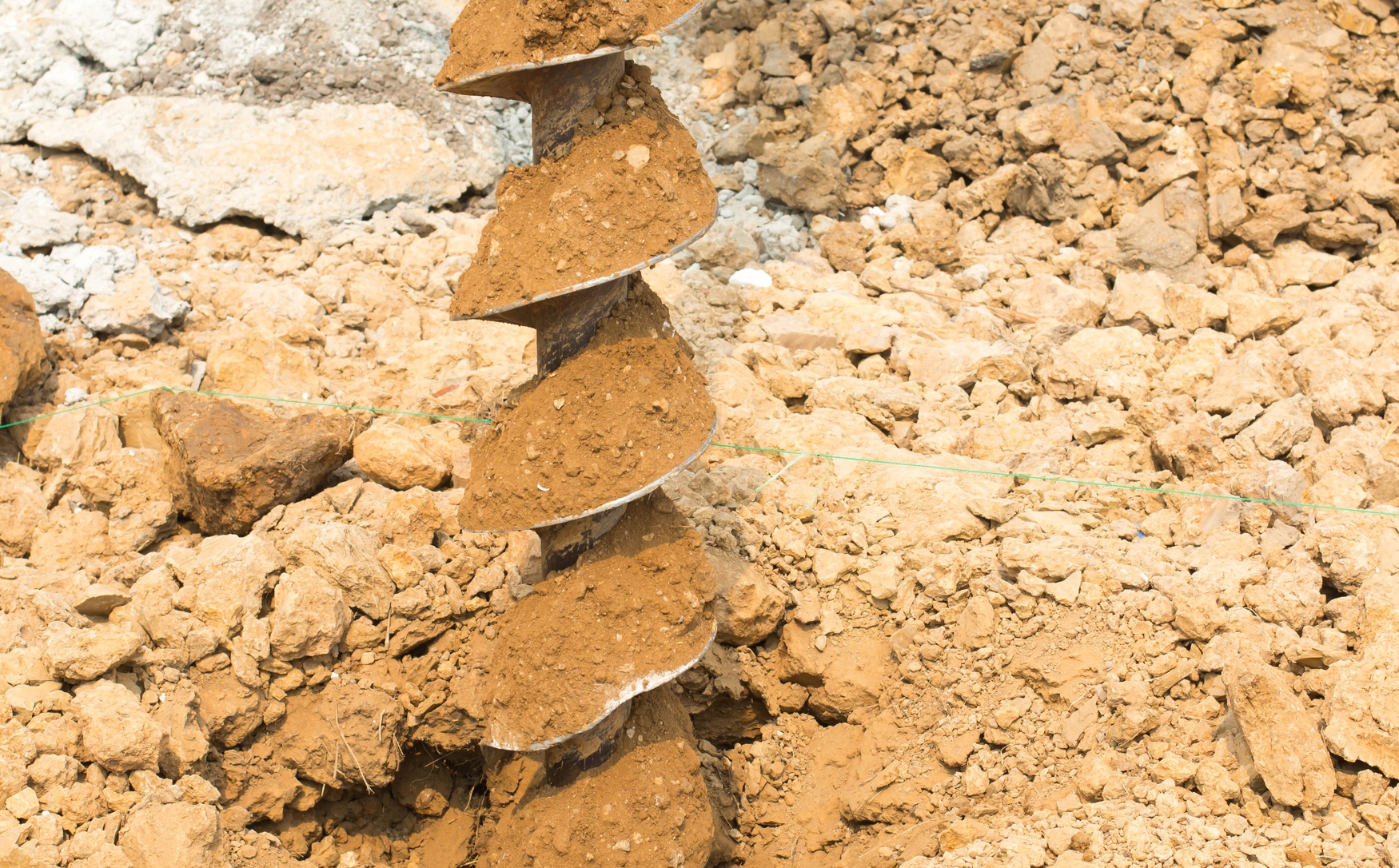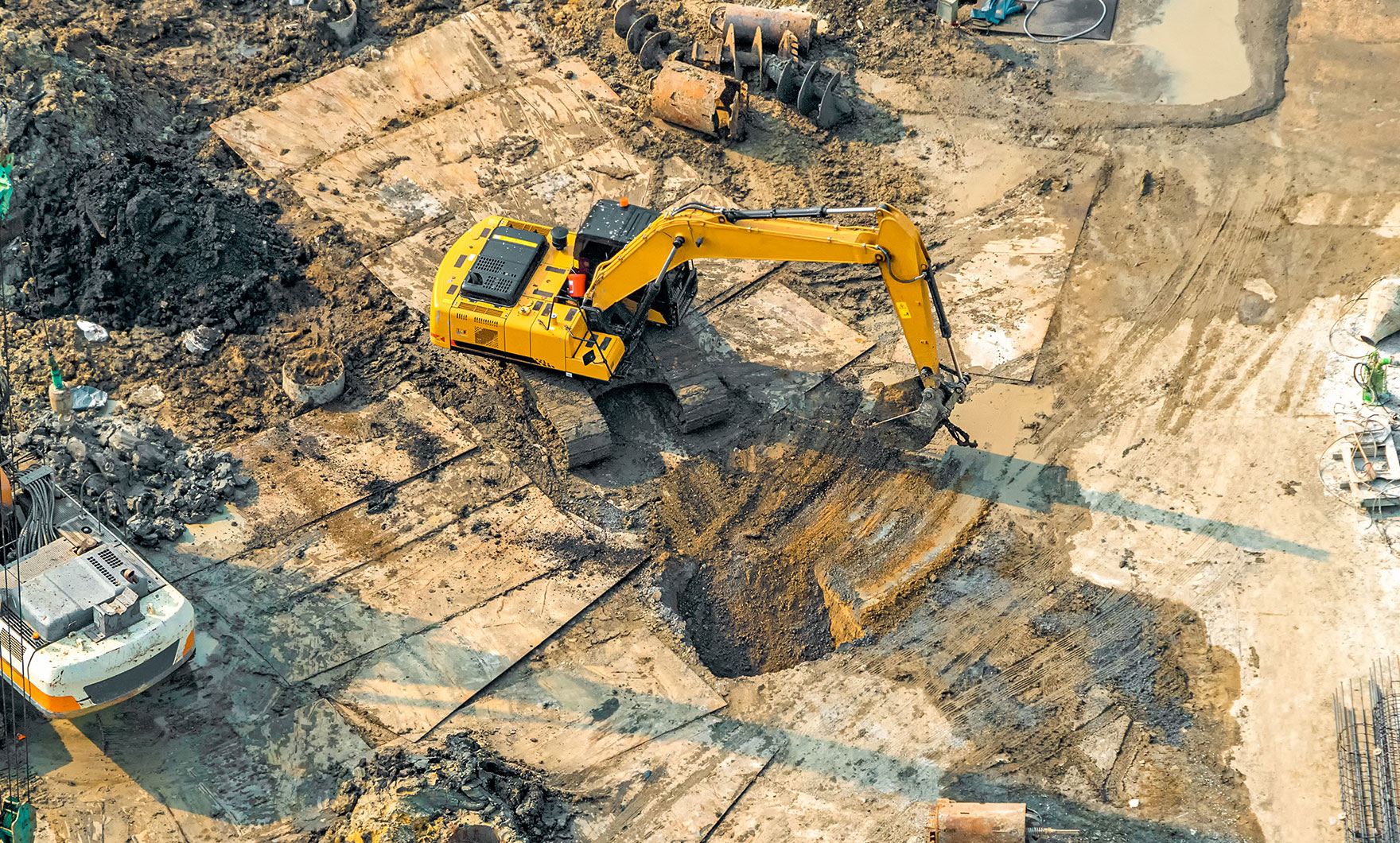A Detailed Review of Geotechnical Engineering Techniques and Their Influence On Modern Civil Design Projects
Geotechnical engineering acts as the foundation of modern civil engineering, providing necessary strategies that resolve the intricacies of subsurface conditions. The interaction of dirt evaluation, structure layout, and innovative innovations shapes the honesty and sustainability of framework tasks. As we explore these methods, it comes to be clear how crucial they remain in mitigating potential risks connected with building. The ramifications of these strategies expand beyond simple safety; they additionally influence project performance and ecological considerations, elevating vital concerns about future advancements in the area. What stays to be uncovered is the transformative possibility of these developments on urban growth.
Importance of Geotechnical Design
Geotechnical engineering works as an essential foundation for civil design jobs, influencing the safety and stability of frameworks. This technique concentrates on the habits of dirt and rock products, offering essential understandings that direct the layout and building processes. By recognizing the interaction in between the earth and crafted structures, geotechnical engineers can analyze risks connected with ground problems, such as settlement, incline stability, and liquefaction.
The significance of geotechnical engineering prolongs past mere architectural stability; it plays an important function in environmental protection and sustainability. Correctly implemented geotechnical evaluations ensure that tasks decrease their ecological footprint and abide by regulative requirements (about geotechnical engineering). Geotechnical engineering is important in site choice, allowing engineers to identify suitable areas for building and construction that minimize possible dangers.
Additionally, geotechnical engineering fosters development in civil engineering by progressing strategies for ground renovation, foundation style, and excavation. The discipline's contributions are crucial in dealing with challenges posed by varying soil problems, hence promoting risk-free and effective facilities advancement. In general, the significance of geotechnical design is extremely important in making certain that civil design jobs are not just practical but also resilient against synthetic and natural hardships.
Trick Methods in Geotechnical Engineering

One more necessary strategy is dirt stabilization, which includes customizing soil buildings to enhance load-bearing capability or decrease settlement. Methods such as including concrete, lime, or utilizing geosynthetics are frequently used to achieve dirt renovation.
Ground renovation methods, including vibrant compaction and vibro-replacement, are additionally essential. These approaches aim to densify soft or loose dirts, improving their strength and minimizing liquefaction potential in seismic locations.
Keeping frameworks, such as sheet heaps and soil nailing, are used to support excavations and stop dirt movement. Additionally, incline stabilization methods, consisting of drain systems and retaining wall surfaces, are crucial for alleviating landslide risks.

Soil Evaluation and Testing Techniques
Effective soil evaluation and screening approaches are crucial for understanding the physical and chemical residential properties of dirt, which straight affect design choices. A comprehensive assessment of dirt characteristics is essential for predicting habits under different loading conditions and environmental impacts.
Typical soil screening techniques include both area and laboratory strategies. Area tests, such as the Requirement Infiltration Test (SPT) and Cone Infiltration Test (CPT), supply instant understandings into dirt stratification, thickness, and stamina. These examinations help designers assess website conditions effectively before even more substantial laboratory evaluations.
Laboratory screening methods, such as Atterberg restrictions, grain size circulation, and compaction examinations, are essential for figuring out dirt plasticity, moisture material, and optimum compaction levels. Moreover, advanced strategies like triaxial tests and combined undrained (CU) tests supply beneficial data on shear stamina and efficient stress specifications - geotechnical engineer description.
Chemical testing, including pH, electric conductivity, and natural content evaluation, is likewise essential for understanding potential soil contamination and its influence on construction materials. Jointly, these dirt analysis and testing methods form the structure of educated decision-making in geotechnical design, guaranteeing the safety and stability of modern civil design jobs.
Structure Design Approaches
Foundation design methods are essential in making certain the security and durability of structures. These methods can be categorized into superficial and deep structures, each suited to specific soil problems and filling circumstances. Superficial structures, such as spread footings and mat structures, are typically used when surface dirts have adequate bearing capacity. They distribute the tons over a bigger location, decreasing settlement dangers.
In contrast, deep structures, consisting of stacks and drilled shafts, are employed when surface area dirts are weak or insufficient for supporting the structure. These structures transfer lots to much deeper, much more steady dirt or rock layers, making them crucial for skyscraper buildings and bridges in tough geotechnical problems.
Picking the suitable structure design involves comprehensive geotechnical examinations, including dirt composition, birthing capacity, and groundwater problems. Engineers should think about aspects such as settlement, lateral loads, and possible seismic activity to guarantee the foundation's performance over time.
Ultimately, a well-executed structure style is a crucial element of civil design, straight affecting the security, sturdiness, and capability of structures. about geotechnical engineering. By straightening foundation kinds with site-specific conditions, designers can successfully minimize risks related to structure failure
Innovations Shaping Civil Engineering

Lasting products, such as high-performance concrete and recycled accumulations, are likewise gaining grip, promoting eco-friendly practices see this site while maintaining structural integrity. In addition, progressed geotechnical methods, such as ground improvement and deep mixing methods, are enhancing the stability of structures in challenging soil conditions.
Furthermore, using drones and remote sensing modern technology is enhancing website surveying and checking, offering real-time data that aids in handling building and construction development and security. The application of ingenious construction approaches, such as modular and premade building, additionally quickens task timelines and reduces waste. Collectively, these developments are not only transforming civil design techniques however additionally making sure that modern-day infrastructure meets the demands of an expanding worldwide population while attending to environmental problems.
Verdict
Finally, geotechnical engineering strategies are important to the success of modern-day civil engineering jobs. The application of website investigation, dirt stablizing, and ground enhancement methodologies guarantees the safety and security and security of framework. Advancements such as Structure Info Modeling (BIM) and progressed surveillance modern technologies additionally improve task efficiency and accuracy. By employing these methods, designers can reduce threats and add to the advancement of resistant metropolitan atmospheres, ultimately fostering lasting development and safety in civil design techniques.
Geotechnical engineering serves as the foundation of modern civil engineering, providing important techniques that resolve the complexities of subsurface conditions.Geotechnical design serves as an important structure for civil engineering tasks, affecting the safety and security and security of structures.In addition, geotechnical design promotes technology in civil design by progressing strategies for ground renovation, foundation design, and excavation. Generally, the significance of geotechnical design is paramount in ensuring that click here for info civil design projects are not only practical however also resistant against natural and manufactured misfortunes.
In conclusion, geotechnical engineering techniques are indispensable to the success of contemporary civil engineering jobs.